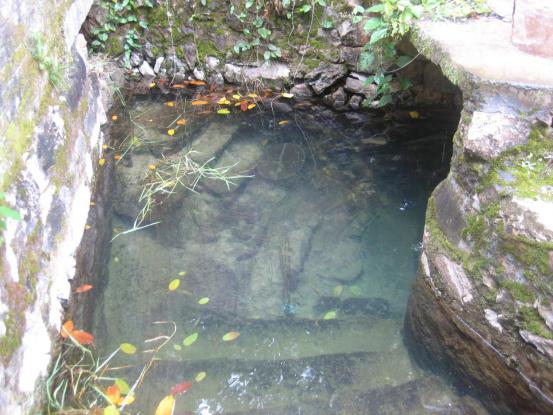China has the highest diversity of cave fishes in the world. There are more than 100 species recorded in China. According to the necessity of cave environment, cave fishes are divided into 3 types: typical cave fishes, atypical cave fishes and accidental cave dwelling fishes.
Triplophysa is the largest groups in the family Nemacheilidae (Cypriniformes), most of which are so far known from China. There are more than 120 species recorded in the genus Triplophysa, among which 26 are cave species (including Triplophysa xichouensis).
Xichou County is a typical Karst area in the southwestern China, which is full of subterranean environments in this area. Researchers from Kunming Institute of Zoology, Chinese Academy of Sciences (KIZ, CAS) found a new blind Triplophysa fish here. It is named after the collection site, Xisa Town, Xichou County, as “xichouensis”. The achievements were published on the international fish biology journal, Journal of Fish Biology, titled “A new cave-dwelling loach, Triplophysa xichouensis sp. nov. (Teleostei Nemacheilidae) from Yunnan, China” (http://onlinelibrary.wiley.com/doi/10.1111/jfb.13201/full).
Triplophysa xichouensis can be distinguished from its congeners by the following characters: the eyes are highly degenerated to a very tiny black dot, the dorsal-in origin is closer to snout tip than to caudal-in base and anterior to vertical line of pelvic-in origin, the body is smooth and scaleless, the lateral line complete and straight, and the anterior chamber of air bladder wrapped in dumbbell-shaped bony capsule and the posterior one well developed, long, oval; intestine short, bending in zigzag shape behind stomach.
The new discovery enriched the records of cave fishes in China, and revealed the special Bio-diversity in Xichou County.
This work was funded by National Natural Science Foundation of China (31272275), the Yunnan Province Science and Technology Programme (2013HB096) and Southeast Asia Bio-diversity Research Institute, Chinese Academy of Science (Y4ZK111B01).

Figure 1, Colouration of Triplophysa xichouensis in live condition (Image by LIU Shuwei)

Figure 2, Lateral, dorsal and ventral view of Triplophysa xichouensis (Image by LIU Shuwei)

Figure 3, The habitat of Triplophysa xichouensis at the outlet of a subterranean river (Image by LIU Shuwei)
(By LIU Shuwei; Editor: HE Linxi)
Contact:
HE Linxi
helinxi@mail.kiz.ac.cn
